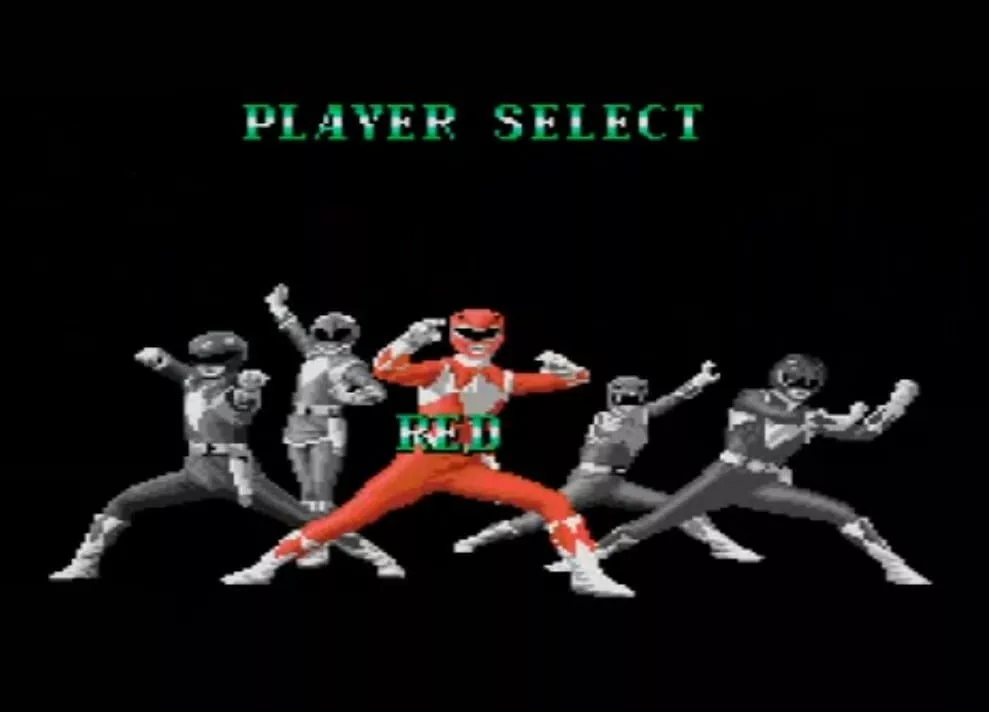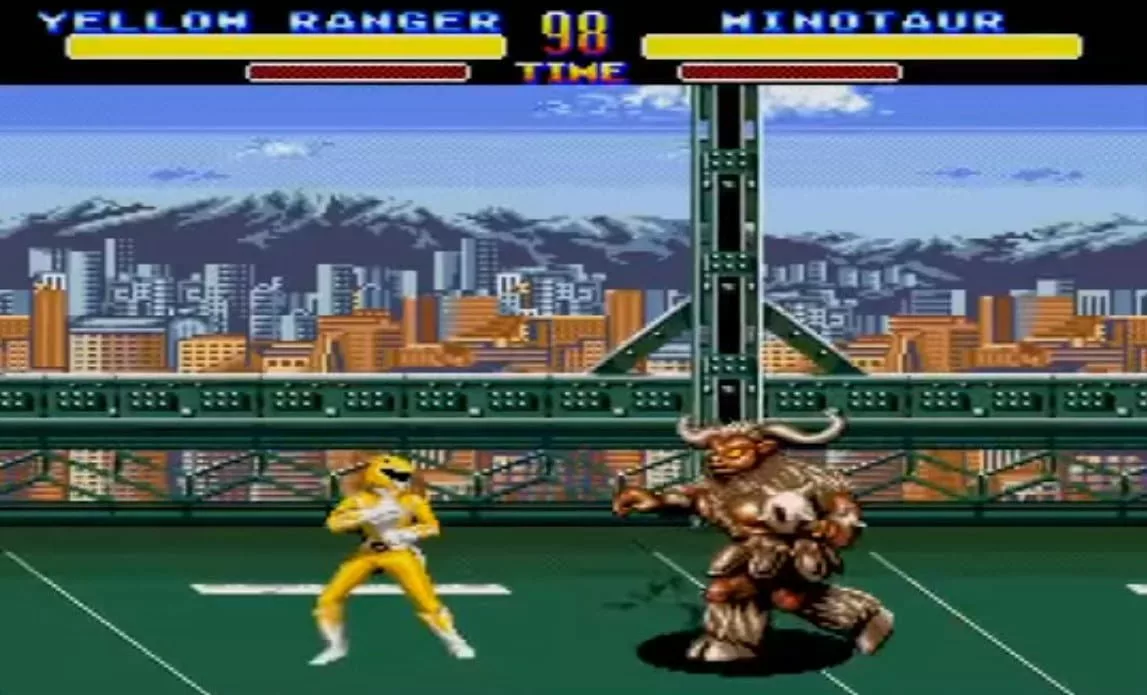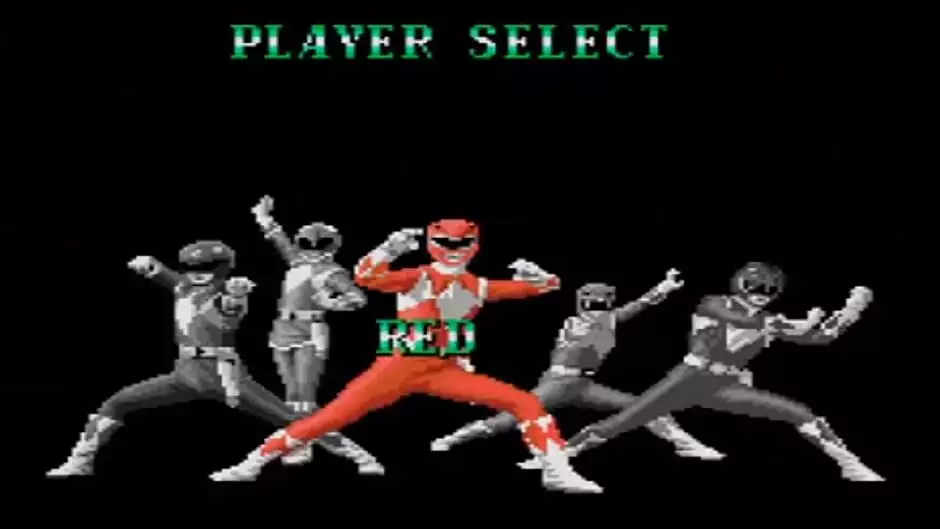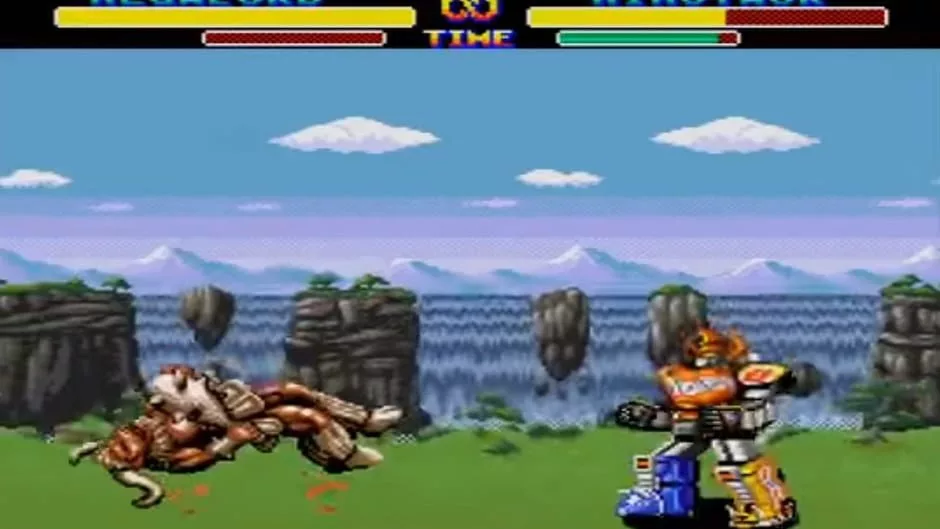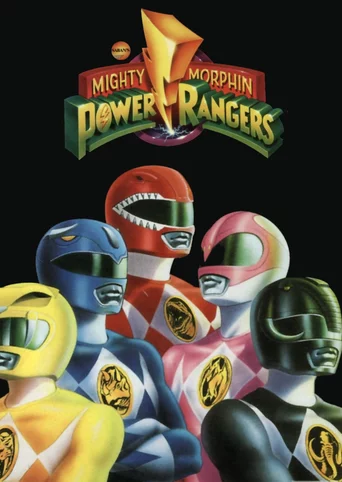
Mighty Morphin Power Rangers (1994)
Genres:Adventure, Platform, Hack and slash/Beat 'em up, Fighting
Themes:Action
Game modes:Single player, Multiplayer
Story:The Sega Genesis/Mega Drive version of Mighty Morphin Power Rangers is a one-on-one competitive fighting game, featuring two different game modes: a Scenario Mode where the player competes against a series of CPU-controlled opponents, and a Battle Mode for two players. In the Scenario Mode, the matches consist of two segments: the player will fight against a regular-sized monster as one of the Rangers, and after the defeating the monster they will battle a giant version of it. Initially, only the five original Rangers and the Megazord are available.Show more
Vote to bring this game to GOG and help preserve it.52

Shadow Man: 2econd ComingMike LeRoi -- the embittered protagonist of the original Shadow Man title, is tasked yet again with saving Liveside and the parallel world of Deadside. In this third-person action-adventure, a cult of demons known only as the Grigori (and who, incidentally, have been masquerading as humans for the past 2000 years), are intent on resurrecting their master, Asmodeus. Doing so will bring about a cataclysmic end to all of humanity. As both, Mike Leroi and his alter ego Shadow Man, players must explore six worlds; each with numerous sub-locations, in their quest to prevent these vile creatures from bringing their diabolical scheme to fruition.
When engaged in combat Mike LeRoi can attack with a bevy of armaments, running the gamut from powerful projectile-based weapons to short-range melee ones with which to bludgeon an opponent to death with. Additionally, it's possible for players to equip a different weapon in each hand, or alternatively, to equip a single, heavier two-handed weapon. When wielded by Shadow Man himself, weapons take on additional properties. A lock-on cursor can be used to target specific enemies, allowing the player to dodge and attack with consummate ease. Interspersed throughout the title are puzzles that must be solved in order for Shadow Man to advance through the worlds.
Throughout the quest Mike will experience constantly changing weather and time; day changes to night, and back again in real-time, with inclement weather prevailing in many parts of the game world. Returning to the fold are Mama Nettie and Jaunty, two of Shadow Man's cohorts from the original title, while Thomas Deacon, the wheelchair-bound guardian of an ancient book the Grigori are after, makes his debut appearance. Shadow Man: 2econd Coming features mature, violent themes that touch upon subjects such as religion and voodoo. The cut-scenes feature character dialogue that is equally adult oriented.Action Horror
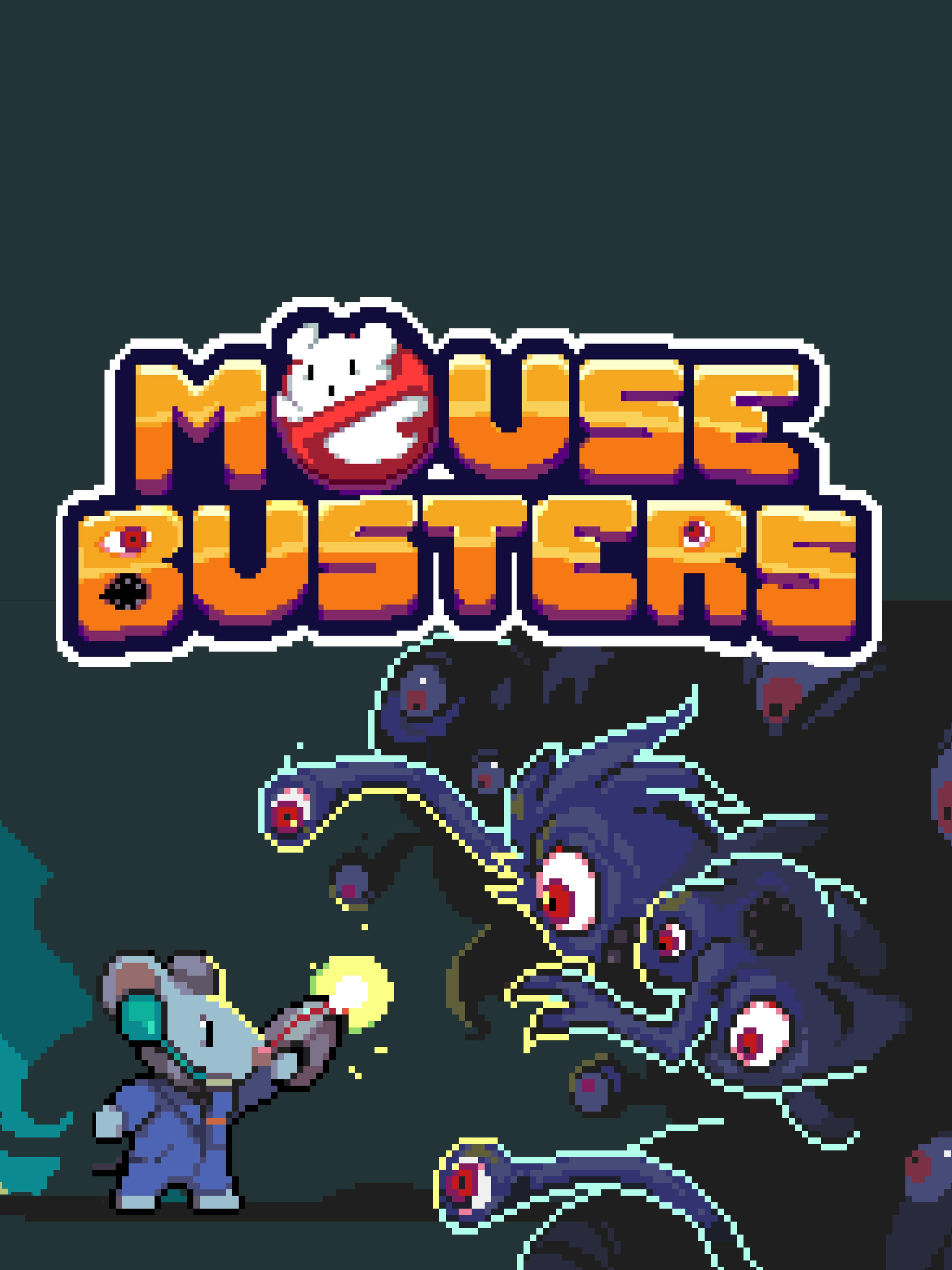
MousebustersThe player character just wanted to move into their new apartment, but when they end up transformed into a mouse they find themselves having to join the Mousebusters to take out the ghosts haunting every resident of the building.Horror
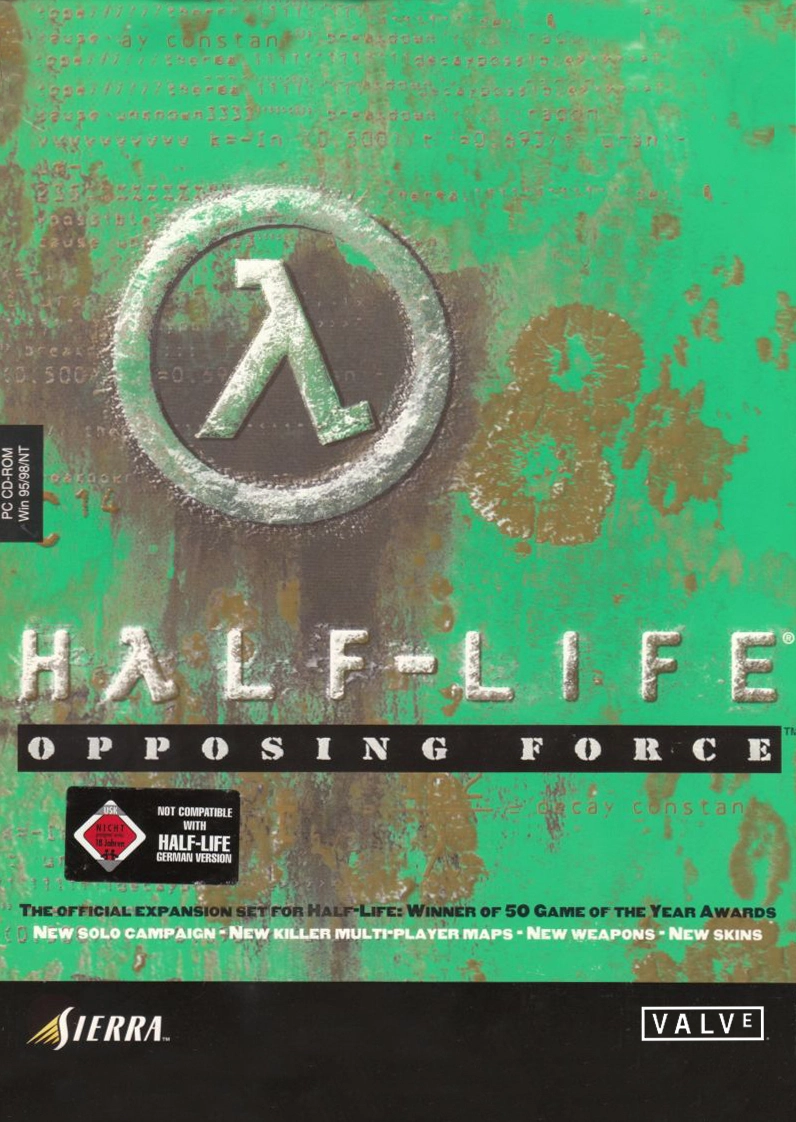
Half-Life: Opposing ForceOpposing Force returns to the same setting as Half-Life, but instead portrays the events from the perspective of a U.S. Marine, one of the enemy characters in the original game. The player character, Adrian Shephard, is sent in to neutralize the Black Mesa Research Facility after a scientific mishap causes it to be invaded by aliens, but quickly finds that the Marines are outnumbered and slowly being beaten back by a second alien race and black operations units.Action Thriller Warfare Science fiction
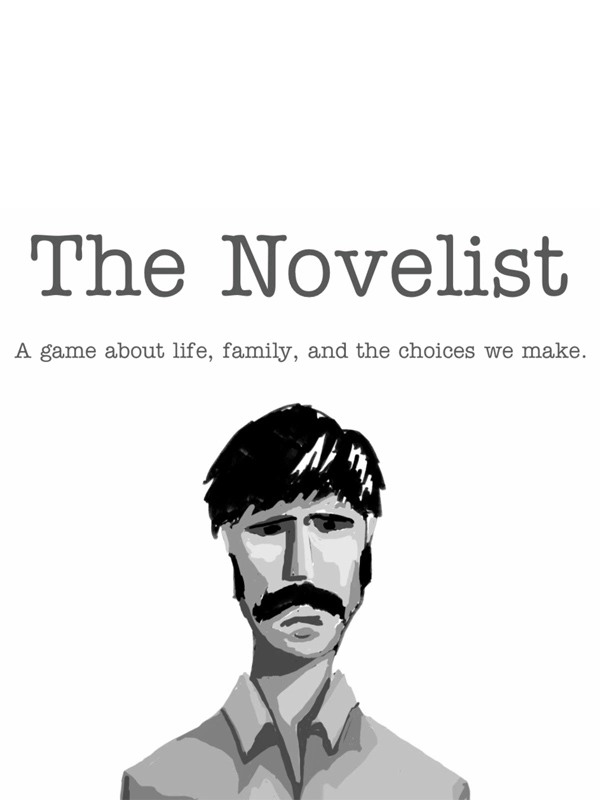
The NovelistThe Novelist asks one central question: can you achieve your dreams without pushing away the people you love? The game focuses on Dan Kaplan, a novelist struggling to write the most important book of his career while trying to be the best husband and father he can be.Stealth Drama
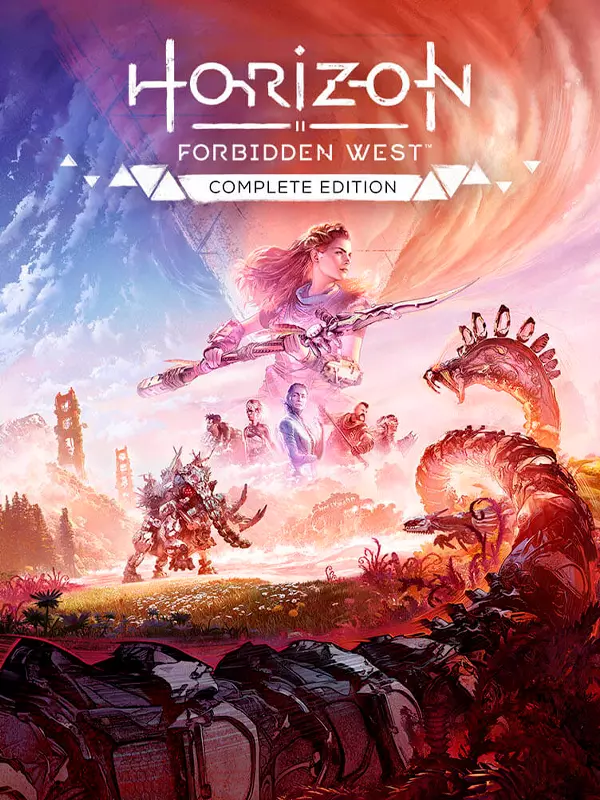
Horizon Forbidden West: Complete EditionIn this complete collection with Horizon Forbidden West and Horizon Forbidden West: Burning Shores DLC, take on more awe-inspiring machines, meet new tribes, and travel to the treacherous archipelago of Los Angeles!
Horizon Forbidden West: Complete Edition will be available for $69.99 USD / €59.99 / ¥7,980 and includes:
Horizon Forbidden West for PS5
Burning Shores DLC for PS5
Digital soundtrack
Digital art book
Horizon Zero Dawn Vol. 1: The Sunhawk digital comic book*
In-game items:
Extras in Photo Mode (special pose and face paint)
In-game items unlocked via story progression:
Carja Behemoth Elite outfit ·Carja Behemoth Short Bow
Nora Thunder Elite outfit
Nora Thunder Sling
Apex Clawstrider Machine Strike piece
Resources packOpen world Action Science fiction
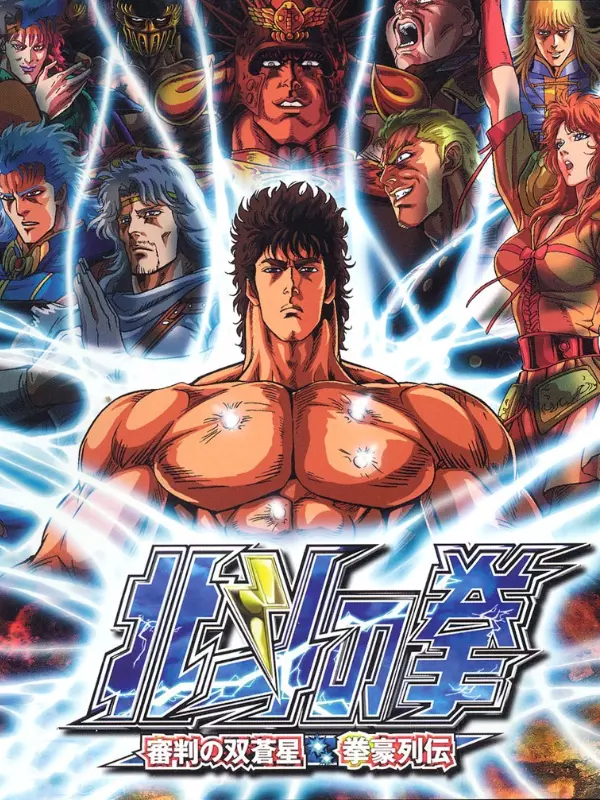
Hokuto no Ken: Shinpan no Sousousei Kengo RetsudenHokuto no Ken: Shinpan no Sousousei Kengo Retsuden is a 2D competitive fighting video game published by Arc System Works released on March 27, 2007 for the Sony PlayStation 2.
Based on the manga series of the same name, it was originally released in 2005 as a coin-operated arcade game for the Atomiswave hardware. A PlayStation 2 port, retitled Hokuto no Ken: Shinpan no Sōsōsei Kengō Retsuden, roughly translated as Fist of the North Star: The Twin Blue Stars of Judgment - History of the Fist Masters, was released exclusively in Japan in March 2007. This version features a bonus DVD including an exclusive training mode ("Starter's Guide") and a documentary covering history of previous Hokuto no Ken titles for home consoles. The arcade version was officially distributed by Sega in North America, while the PS2 port was released only in Japan. In 2020, a homebrew conversion was released for the Dreamcast.Action Fantasy Science fiction

Resident Evil 2 + Resident Evil 3 BundleAction
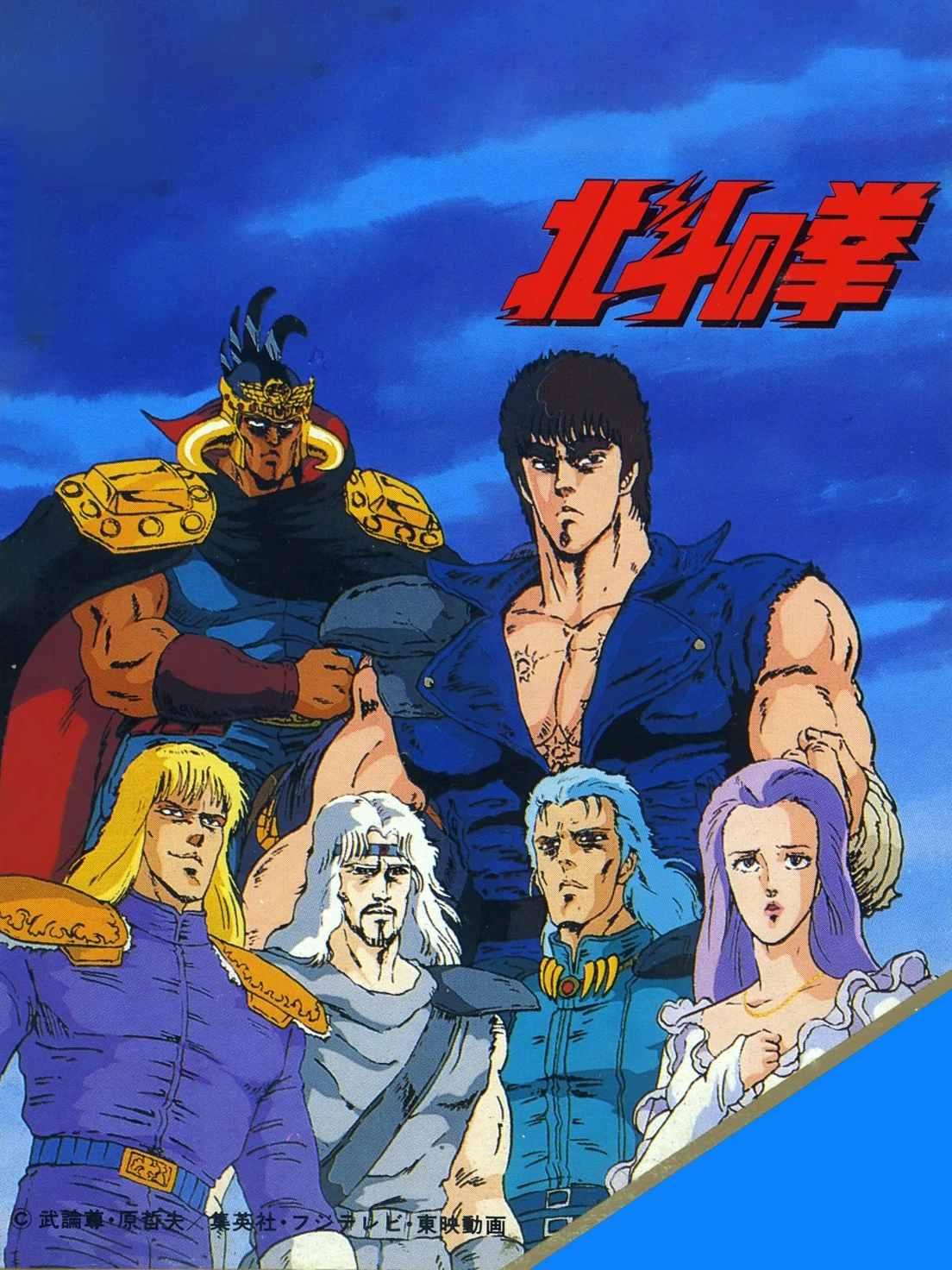
Hokuto no KenHokuto no Ken is a video game released in Japan on July 20, 1986 by Sega for the Sega Mark III gaming platform. It is a side-scrolling action game that follows the events depicted in the first television series from Kenshiro's battle against Shin and his gang to his final showdown with Raoh. The game consists of side-scrolling levels where the player must reach the goal while defeating numerous enemy grunts and sub-bosses along the way, each leading to a one-on-one battle with the stage's boss. Despite featuring similar gameplay, this game is unrelated to Toei's video game version of Hokuto no Ken for the Family Computer released a few months later. The game's lead programmer was Yuji Naka, who would later be known for his work on the Sonic the Hedgehog game franchise. Despite appearing on the cover artwork, Rei does not actually appear in this game.
The original Mark III version game is included along with an enhanced remake in Sega Ages 2500 Hokuto no Ken for the PlayStation 2 in 2004. The game was later re-released for the Wii Virtual Console in Japan on February 26, 2008. An overseas version of the game was produced for the western Master System titled Black Belt, which lacked the Hokuto no Ken license of the Japanese version and featured altered graphics as a result.Action Science fiction
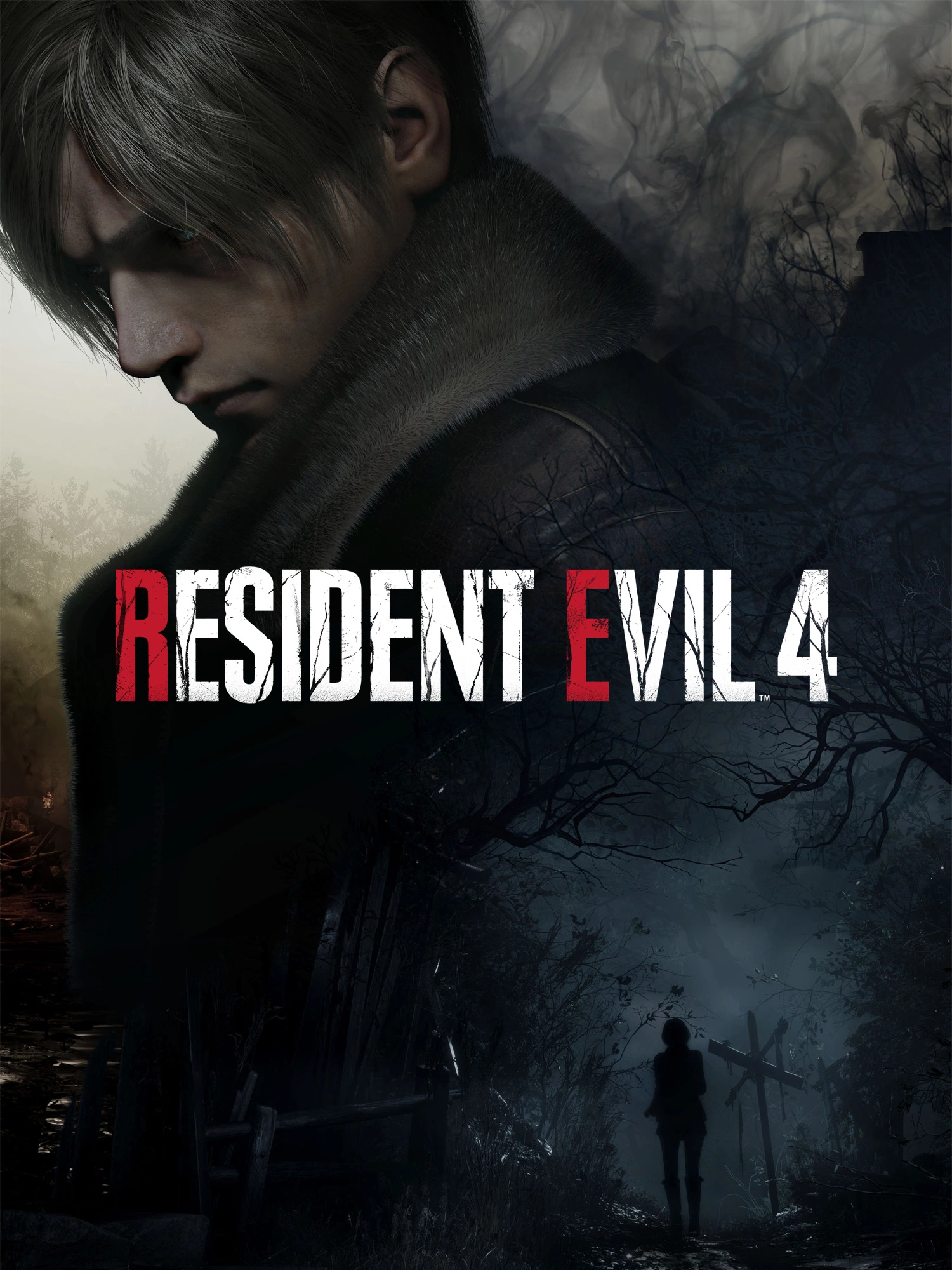
Resident Evil 4: Lenticular EditionResident Evil 4 is a remake of the 2005 original Resident Evil 4 reimagined for 2023 to bring state-of-the-art survival horror. Resident Evil 4 preserves the essence of the original game, while introducing modernized gameplay, a reimagined storyline,
and vividly detailed graphics to make this the latest survival horror game where life and death, terror and catharsis intersect.Action Horror Mystery
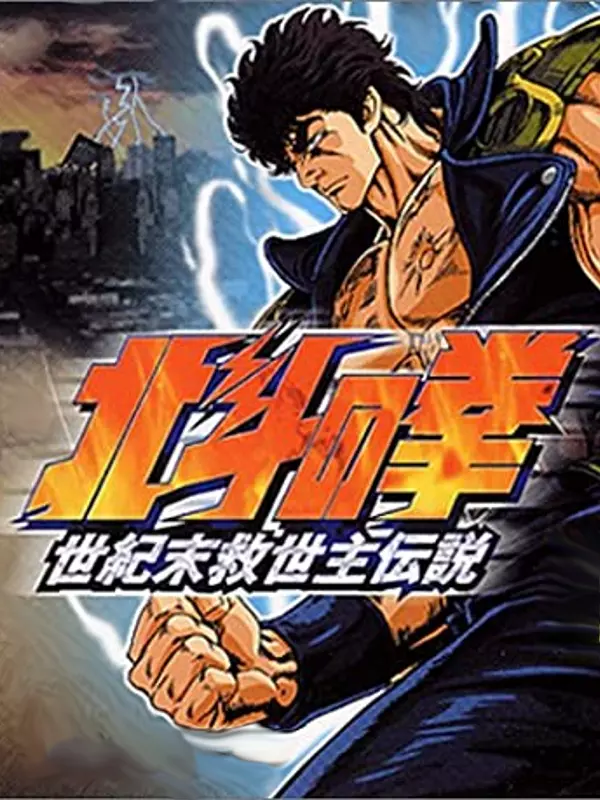
Hokuto no Ken: Seikimatsu Kyuuseishu DensetsuThis game was released only in Japan and is based on the Manga and Anime series of the same name.Action

